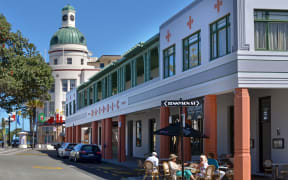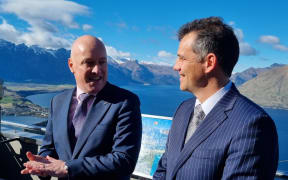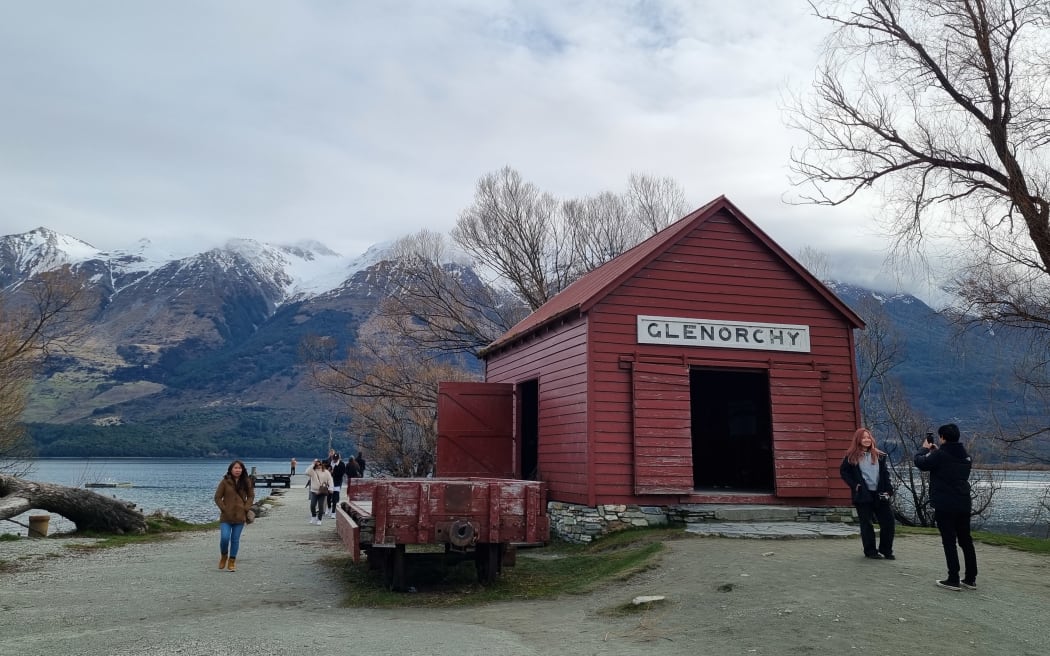
Tourists at the Red Shed in Glenorchy. Photo: RNZ / Tess Brunton
Tourism and Hospitality Minister Matt Doocey has not ruled out most international visitors paying more before entering New Zealand.
Tourism leaders are discussing the major issues and opportunities facing the sector at the annual TRENZ conference in Wellington this week.
International visitors pay a $35 fee collected through visa applications which has been split equally between conservation and tourism.
Doocey said the levy, which had been in place for five years, was up for review.
"The advice that I've received is that with inflation that would have to be today, in today's dollars about $42.15," he said.
"That's part of the thinking about, as we move towards growth, how do we better support regional tourism organisations and the sector across the country."
He confirmed the government would consult on the levy about whether it should stay the same or if it should increase and by how much, and where it should be spent.
Some of the levy funding was earmarked to go towards improving data and insights, he said, which had been a bugbear of the industry for years.
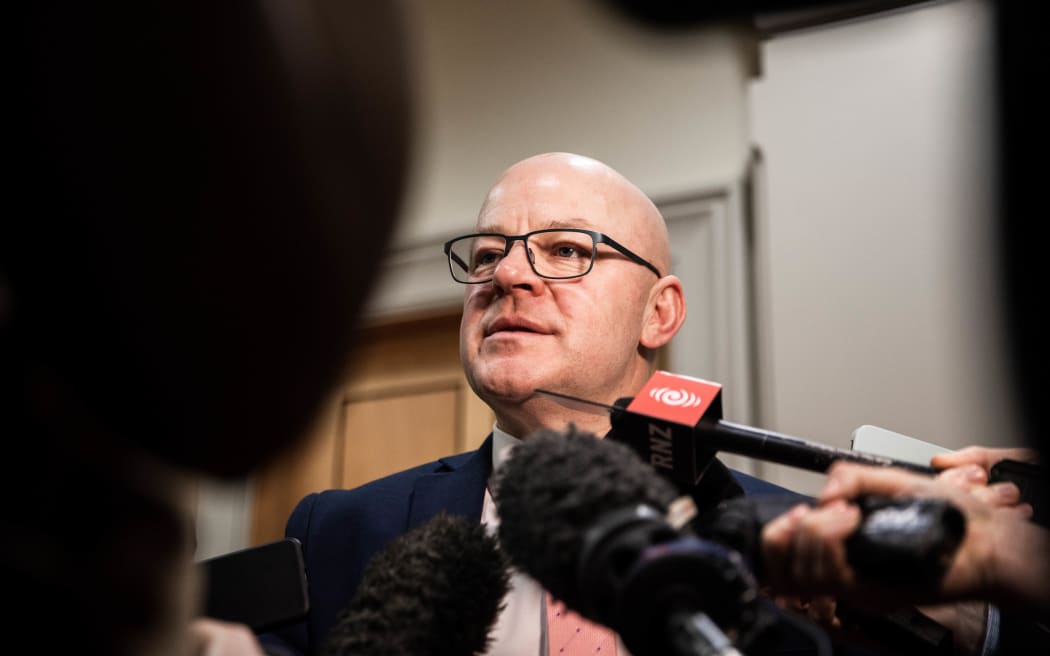
Tourism and Hospitality Minister Matt Doocey says some of the levy funding is earmarked to go towards improving data and insights. Photo: RNZ / Samuel Rillstone
He did not believe there was any reason tourism could not rival the country's largest export earner, dairy. The government wanted to create an environment to help businesses to flourish and be a pragmatic part of solutions, he said.
The question of how many tourists should be coming to the country was not one he believed he should answer, saying the regions should be working out how many visitors they wanted.
Tourism Industry Aotearoa (TIA) chief executive Rebecca Ingram said the industry had momentum and was looking for new opportunities.
A recent survey showed operators were feeling optimistic especially after a strong summer, with about 80 percent feeling positive about the next 12 months.
"Like many businesses, tourism business owners are conscious of increasing costs and product pricing, quickly followed by workforce retention. Weather-related challenges, climate change related impacts and managing staff wellbeing are also top of mind," she said.
While staffing had improved, about 50 percent of business told the TIA they were recruiting - which was still quite high, she said.
"We are also seeing positive changes in the seasonal nature of our workforce, with 74 percent of respondents planning to hold their staff levels over the winter as they did last year to retain skills and ensure they were ready for next summer."
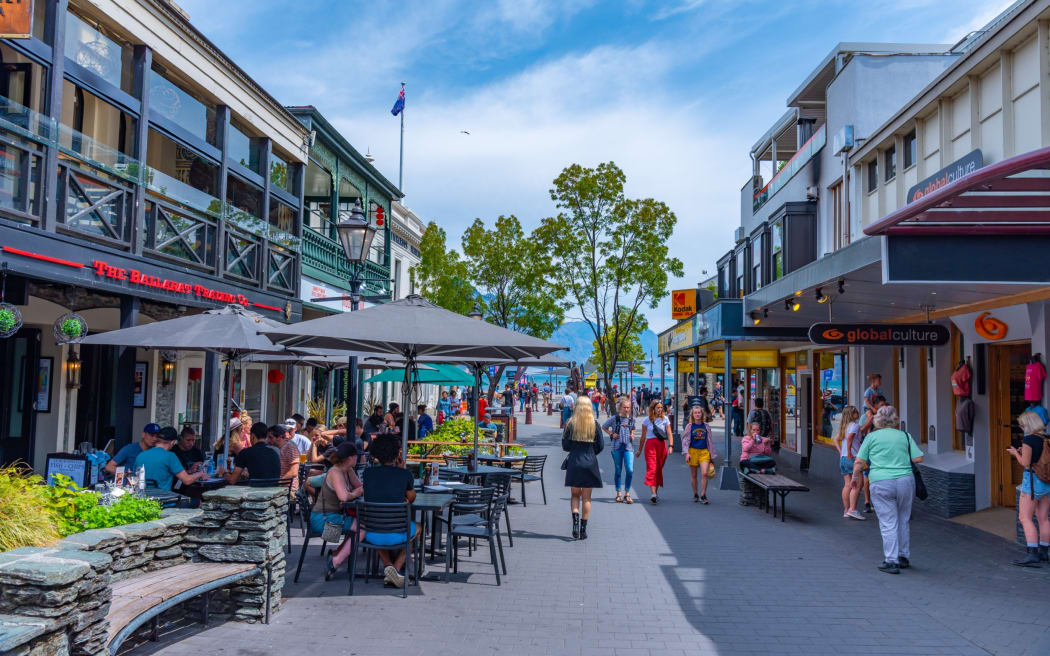
Doocey says it is up to regions to decide how many visitors they want in their area. Photo: 123RF
Addressing that seasonality was one of Tourism New Zealand's focuses.
Chief executive René de Monchy told TRENZ that many operators faced significant a drop off in visitors and income with reduced staff outside peak season.
"The challenge is that over-reliance on those three months over summer, 37 percent, 40 percent of the value so imagine a tourism sector with a more stable year round demand," he said.
"A world where tourism operators have the greater ability to invest into their product, invest in their sustainability, invest in their workforce and people, and invest in their community."
It was much more sustainable for tourism operators and regions to have visitors spread out throughout the year rather than relying on a summer surge, he said.
"Utilising our consumer data and our insights, developing some new travel insights amongst our target audiences to motivate them to come here."
That would include busting some myths about what tourists could do if they travelled to Aotearoa outside of the peak season, he said.
